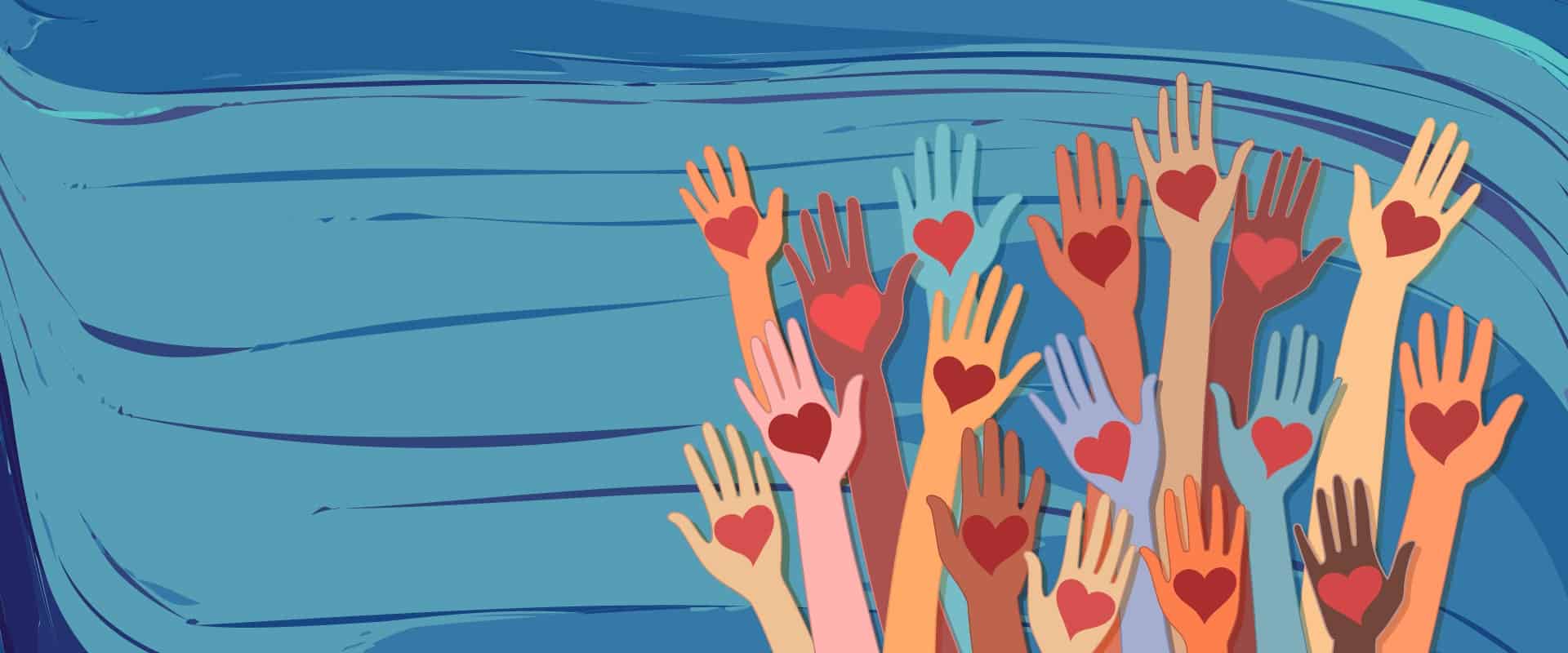By Virginia Ramachandran
This article is a part of the May/June, Volume 35, Number 3, Audiology Today issue.
I am a dog person. Not the kind of person who has a dog, but a “dog person.” I didn’t know this about myself until I found Ginny. She is a nine-pound Yorkie with a beautiful personality. She has just turned 11 years old and is still spry and full of joy for life.
As an unequivocally introverted human, I never cease to be amazed at the ease with which Ginny attracts people and the energy she puts into letting complete strangers know that she thinks they are the most amazing people she has ever met. Her tiny tail wags so fast that it is a complete blur.

President | American Academy of Audiology
If you are also a “dog person,” a person with a dog, or even a person who has ever met a dog, you might wonder, as I did, how they have such abundant and natural enthusiasm for so many people. One current theory is described in a book, Survival of the Friendliest: Understanding Our Origins and Rediscovering Our Common Humanity, authored by scientists Brian Hare and Vanessa Woods (2020). Both authors are anthropologists who are trying to understand human evolution through the cognition of other animals, including dogs and bonobos.
The theory is that animals become domesticated when those who have a genetic predisposition to less fear of “others” can take advantage of this trait in a way that promotes survival and are therefore more likely to pass on this genetic trait to their ancestors. Dogs, descendants of wolves, would have evolved when certain wolves who were less fearful of humans began to follow them and live off their scraps.
Over time, their genetic traits resulted in additional features that we see in many other domesticated animals such as skull shape, floppy ears, curly tails, mottled coloring, changes in reproductive activity, and a cognition that is socially oriented.
Hare and Woods believe that humans self-domesticated in a similar manner and are by far the most successful in doing so. Even the shiest among us have an inherent need for community. Indeed, human communication may have evolved from these sorts of cognitive changes and the increased need for communication in a relatively pro-social group setting.
And so, after our long walk (which Ginny loves), we come to my point, which is that the 35th anniversary of our Academy is a lovely example of our human nature. Nobody is forced to be a part of this Academy. It is a choice to sacrifice some of your resources for a greater purpose. We come together as a group to promote our ability as professionals to serve other people in need of support for communication, the greatest tool that we have in facilitating our humanity. Wow!
Our profession, along with everything else, is in a process of constant evolution. Our Academy provides the opportunity for us to survive and thrive when we muster our inherent human “friendliness” to work together toward our goals. Thank you for your dedication to each other and to our patients. Keep up the good work!
References
Hare B, Woods V. (2020) Survival of the Friendliest: Understanding Our Origins and Rediscovering Our Common Humanity. New York, NY: Random House.


